GM Reportedly Considering Killing Off Six Cars by 2020: Three Chevrolets, Two Cadillacs, One Buick
The possibility, or even the necessity, of turning General Motors’ Hamtramck, Michigan, passenger car assembly plant into an SUV/crossover facility in the next half-decade has the company considering the discontinuation of the Chevrolet Impala, Chevrolet Volt, Buick LaCrosse, and recently launched Cadillac CT6.
According to a report in Reuters, General Motors is in talks with the United Auto Workers about replacing the increasingly unpopular products currently built in Hamtramck with in-demand utility vehicles. Also in question is the future of the Michigan-built Chevrolet Sonic and the Canada-built Cadillac XTS, which has enjoyed stays of execution in the past.
On average, GM had a 111-day supply of the six models in its U.S. showrooms heading into July 2017. 70 days’ worth of supply would be appropriate. Combined, the Impala, Volt, LaCrosse, CT6, Sonic, and XTS account for 6 percent of GM’s U.S. sales in 2017.
In 2008, the Impala, LaCrosse, and the Sonic’s Aveo predecessor — merely three of the nameplates — accounted for 12 percent of a much more voluminous GM U.S. operation.
The Hamtramck facility most obviously in question saw its production dive 20 percent in the first half of 2017, year-over-year.
More than just the 20-percent drop in first-half production — and the 72-percent plunge in June production — is the simple rarity of a Hamtramck-built vehicle exiting the plant. Only 56,346 vehicles were built in Hamtramck in the first six months of 2017.
During the same period, GM had seven North American assembly plants that built at least 100,000 vehicles: Arlington, Texas’ full-size SUV plant; Fort Wayne, Indiana’s full-size pickup truck plant; Wentzville, Missouri’s van and midsize pickup truck facility; Fairfax, Kansas’ Malibu site; Ingersoll, Ontario’s compact crossover factory; San Luis Potosi, Mexico’s crossover factory; and Silao, Mexico’s full-size pickup plant.
The UAW wants some of that for Hamtramck. Regarding underused facilities in Michigan and Ohio, “We are talking to [GM] right now about the products they currently have,” UAW president Dennis Williams says.
GM Vehicle201 First-Half U.S. SalesYOY % Change% Of GM First-Half U.S. SalesChevrolet Silverado262,940-3.9%18.6%Chevrolet Equinox133,45410.0%9.4%Chevrolet Cruze105,18821.3%7.4%GMC Sierra99,153-6.9%7.0%Chevrolet Malibu83,899-30.3%5.9%Chevrolet Traverse56,9584.3%4.0%GMC Acadia55,99546.7%4.0%Chevrolet Colorado50,301-1.8%3.6%Chevrolet Tahoe45,0094.1%3.2%Buick Encore42,33116.2%3.0%GMC Terrain42,242-9.9%3.0%Chevrolet Trax36,93126.8%2.6%Chevrolet Camaro36,567-0.7%2.6%Chevrolet Express35,1488.0%2.5%Chevrolet Impala31,312-44.5%2.2%Cadillac XT529,798313.4%2.1%Chevrolet Suburban24,9038.7%1.8%Buick Envision22,6201382.3%1.6%GMC Yukon19,527-2.5%1.4%Buick Enclave19,448-19.8%1.4%Chevrolet Sonic17,958-36.5%1.3%GMC Savana16,74045.9%1.2%GMC Canyon14,888-14.3%1.1%GMC Yukon XL14,6303.0%1.0%Chevrolet Corvette13,707-6.6%1.0%Buick LaCrosse12,308-11.9%0.9%Chevrolet Volt10,93211.5%0.8%Cadillac Escalade10,157-2.9%0.7%Chevrolet Spark9,208-49.7%0.7%Chevrolet Bolt7,5920.0%0.5%Cadillac XTS7,370-24.7%0.5%Cadillac ATS7,209-26.2%0.5%Cadillac Escalade ESV6,9235.6%0.5%Buick Regal6,482-29.9%0.5%Cadillac CT65,397172.7%0.4%Cadillac CTS5,059-36.0%0.4%Chevrolet City Express4,252-11.4%0.3%Buick Verano3,672-75.1%0.3%Buick Cascada3,455-15.1%0.2%It’s not as though plans aren’t in the works to add capacity at car-centric facilities. The next Cadillac utility vehicle will be built alongside the Chevrolet Malibu in Kansas, for example. But while pre-recession GM kept the assembly plants that hosted unpopular cars humming by sending low-demand cars to daily rental fleets, GM is (gradually) attempting to bolster residual values by more closely matching production to retail demand.
As a result, GM light truck production in North America is up 13 percent this year, but GM passenger car production is down 12 percent. Cars account for only 26 percent of the vehicles built by GM in North America this year, according to the Automotive News Data Center.
Not surprisingly, only 26 percent of the vehicles sold by GM in the U.S. in 2017’s first six months were cars. Car production, of course, has been reined in because of decreased car demand across the industry. GM car sales are down 17 percent in the U.S. in 2017; overall industry-wide car sales are down 12 percent, forming just 37 percent of U.S. auto sales.
As for the models most in question, there are numerous reasons each vehicle may be deemed worthy of elimination at the end of their current lifecycles. The Buick LaCrosse is a premium-priced, mid-tier large car that is on track for its worst-ever calendar year of U.S. sales. GM averaged 54,000 annual LaCrosse sales in its first 11 years but is likely to sell fewer than 25,000 in a dying segment in 2017.
In that same segment, a Chevrolet Impala that once targeted fleet markets with all the tenacity GM’s Chevrolet Silverado now musters to advertise against the Ford F-150, is now attracting barely more than 5,000 monthly buyers. Only two years ago, GM was selling nearly 10,000 Impalas per month. A decade ago, GM was selling more than 22,000 Impalas per month.
The Chevrolet Sonic’s struggles were documented earlier this week. As U.S. subcompact sales tumble, the Chevrolet Sonic is tumbling much faster than the segment at large.
GM has never found the Chevrolet Volt to be as popular as the company had initially hoped. Now in its second generation, the Volt is undeniably one of GM’s more impressive engineering accomplishments. In fact, 2017 is on pace to be the Volt’s best year ever. But “best,” for the Volt, means fewer than 30,000 annual sales. If the Volt was produced as a utility vehicle, foretold somewhat by 2010’s Volt MPV5 Concept, perhaps GM could find the Volt sales the company anticipated in 2010.
As for the Cadillac duo, the XTS will by 2020 be operating on a thoroughly aged platform. Its DTS predecessor used to sell more than 80,000 copies per year. In 2017, XTS sales are down by a quarter, year-over-year, and 17,000 sales are unlikely.
The CT6, meanwhile, was only launched a year ago. Why the hurry to eliminate the big sedan, sales of which top 1,000 units per month in the U.S.? For starters, the discontinuation is reported to occur in 2020 or soon thereafter, by which time the CT6 would be at least five years old. If current trends continue, luxury sedan buyers will be rare indeed by the next decade.
Nevertheless, GM’s president of North American operations, Alan Batey, tells Reuters, “I don’t think we have too many sedans.”
Whether you think GM would be mistaken to eliminate six cars from its U.S. lineup by 2020 or mistaken to keep them, there’s no doubt that confirming such a plan in 2017 would most definitely be a mistake.
[Images: General Motors]
Timothy Cain is a contributing analyst at The Truth About Cars and Autofocus.ca and the founder and former editor of GoodCarBadCar.net. Follow on Twitter @timcaincars.
More by Timothy Cain
Latest Car Reviews
Read moreLatest Product Reviews
Read moreRecent Comments
- Lorenzo This car would have sold better if there was a kit to put fiberglass toast slices on the roof.
- Lorenzo The Malibu is close to what the 1955 Bel Air was, but 6 inches shorter in height, and 3 inches shorter in wheelbase, the former making it much more difficult to get into or out of. Grandma has to sit in front (groan) and she'll still have trouble getting in and out.The '55s had long options lists, but didn't include a 91 cubic inch four with a turbo, or a continuously variable transmission. Metal and decent fabric were replaced by cheap plastic too. The 1955 price was $1765 base, or $20,600 adjusted for inflation, but could be optioned up to $3,000 +/-, or $36,000, so in the same ballpark.The fuel economy, handling, and reliability are improved, but that's about it. Other than the fact that it means one fewer sedan available, there's no reason to be sorry it's being discontinued. Put the 1955 body on it and it'll sell like hotcakes, though.
- Calrson Fan We are already seeing multiple manufacturers steering away from EVs to Hybrids & PHEVs. Suspect the market will follow. Battery tech isn't anywhere close to where it needs to be for EV's to replace ICE's. Neither is the electrical grid or charging infrastructure. PHEV's still have the drawback that if you can't charge at home your not a potential customer. I've heard stories of people with Volts that never charge them but that's a unique kind of stupidity. If you can't or don't want to charge your PHEV then just get a hybrid.
- AZFelix The last time I missed the Malibu was when one swerved into my lane and I had to brake hard to avoid a collision. 1 out of 5⭐️. Do not recommend.
- 2ACL I won't miss it; it was decent at launch, but in addition to the bad packaging, GM did little to keep it relevant in the segment. I'd prefer that another domestic automaker doesn't just give up on the mainstream sedan, but unlike some of Ford's swan songs, the Malibu made an indifferent case for why they should live.




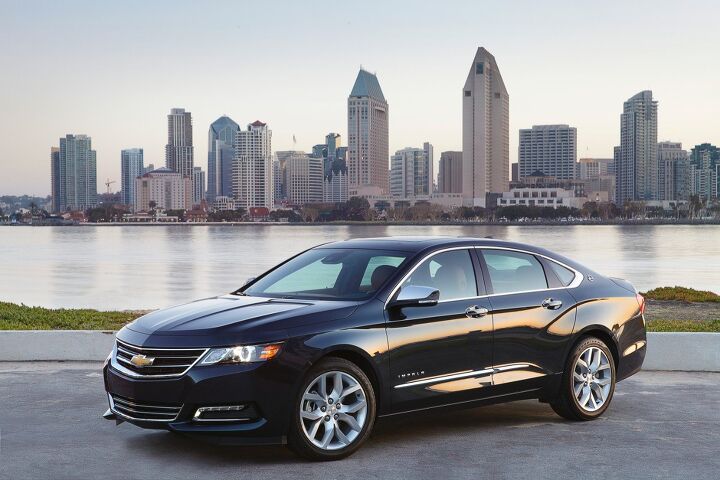













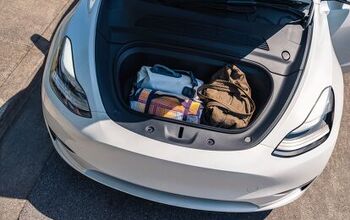
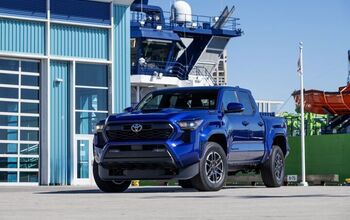
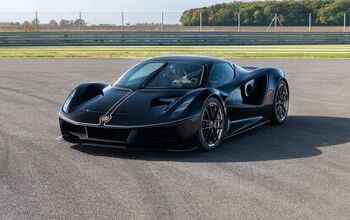

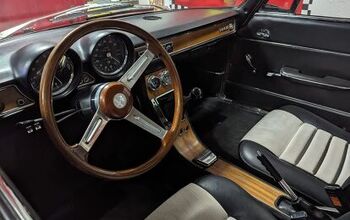
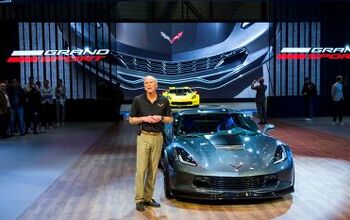
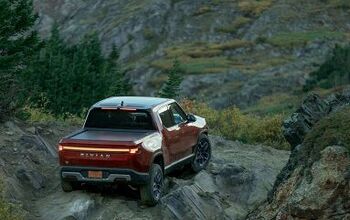

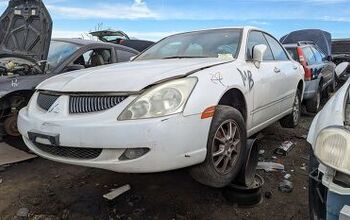

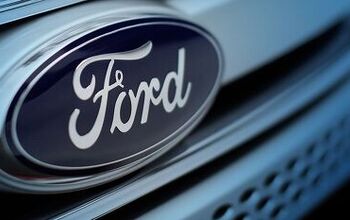
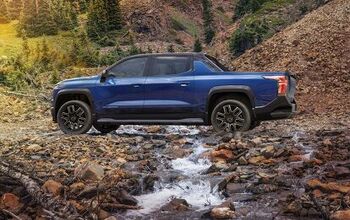

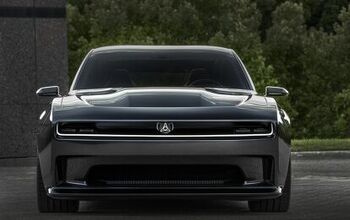


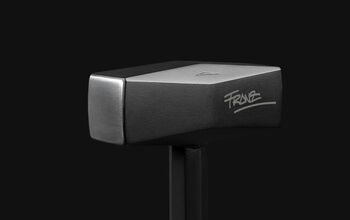

Comments
Join the conversation
The "new" Impala has always been a flop - remember GM refused to break out how poorly it was doing by mixing sales w/ the concurrently selling old Impala. If it was a success they surely would have let us see the numbers. Now that the old Impala is no more we see how badly the new Impala has flopped. The 2013-17 Honda Accord was always the better buy and now the new and more trim 2018 Accord will actually offer MORE interior room than the "full-size" Impala. Bottom line: The Impala will be euthanized by the market if GM doesn't do it first.
All of these car models can be supplied in volume as needed by Shanghai GM's Chinese factories, and over time, likely will. GM will justify this by moving more truck/crossover production into the existing US factories. Then what happens if cars get popular again?